Full disclosure: I suck at holds. I can find the fix and figure out the recommended entry method without too much trouble. And I usually turn the correct direction upon crossing the holding fix. Usually. After that, things start to become loosely held, and it might take me a couple of laps to nail the wind correction angles. Throw in a descent while in the hold and my cockpit gets busy. I guess that’s why the FAA a few years ago added holding patterns to the maneuvers required to accomplish an instrument proficiency check. It’s all my fault.
The reasons IFR holding causes angst among pilots are complicated, so maybe I’m not alone. On one level, we’re going nowhere in a hurry. On another, it’s a hassle, and converts expensive fuel into delay even as our diversion options may be dwindling. It also can be a rare clearance to receive, depending on your normal routes. And this last factor—how rarely holds are issued (at least in the world many pilots inhabit)—always seems to make holding more of a challenge than it should be. Let’s see if we can simplify some of it.
Holding Clearances
At its simplest, a clearance to enter a hold has three basic elements: the holding fix, the direction to hold from the holding fix and the expect further clearance time. The clearance from ATC could be as simple as “hold south of Podunk, expect further clearance at 2030” when the hold is charted.
When it’s not charted, you’ll need a little more information, including the direction to hold from the holding fix; the fix itself; the holding course, which will be a specific radial, magnetic bearing, airway or route number; the leg length in minutes or nautical miles; whether left turns are specified; and the expect further clearance time. Unless also included in the holding clearance, maintain your current altitude or the one to which you’ve been cleared. As always, if you don’t understand the holding clearance—or have a related question—ask ATC. And be sure your expect further clearance time is understood and that you have the fuel to wait that long.
Timing Is Everything
Once you’ve crossed the holding fix by whatever recommended entry method you choose (see the sidebar at the bottom of the opposite page), your next task is to turn, probably to the right, and fly the outbound leg. You’re officially “established” in the hold upon crossing abeam the holding fix outbound. Then fly straight and level.
Determining when to make the 180-degree turn inbound depends on the hold you’re trying to fly. A typical holding clearance might not specify leg length, and if it doesn’t you fly the standard one-minute pattern when holding at or below 14,000 feet MSL. Above 14,000, fly a 1.5-minute pattern. (Since the longer leg length effectively comes into play at and above 15,000 MSL, an easy way to remember this is by moving the decimal point in 1.5 to the right.) If the clearance specifies some other leg length, like distance, fly that instead.
If we’re using timing instead of distance, it’s important to remember that the inbound leg’s timing is the one we want to nail. If it looks like we’re going to spend some time in this hold instead of just making a lap around the track and then moseying off to shoot an approach, we’ll need to adjust the outbound leg accordingly. One of the things to remember when flying a hold with one-minute legs in a typical airplane—and making standard-rate turns—is that every maneuver you make will be roughly a minute in duration. Every lap in the hold has a four-minute duration, which can come in handy if you’re cleared to depart holding at a certain time and want to nail it.
Timing inbound is measured from the point that the aircraft is wings-level, inbound to the holding fix, to the time it crosses it. We adjust the outbound leg’s duration to make the inbound leg match the cleared leg length. All of which may require some mental math, and is one reason you may want to ask for a clearance specifying distance instead of time. Determining leg length is exponentially easier when using distance—presuming the airplane is appropriately equipped. When the hold is specified with legs of a certain distance, turn inbound from the outbound leg when reaching to cleared distance from the holding fix.
Tips And Tricks
Holding is used by ATC to slow the flow of traffic when airport capacity outstrips demand. Over the years, the FAA has evolved an airspace management capability that allows expected delays to be imposed on the ground, rather than airborne, saving fuel. Although ground stops primarily affect airline operations, general aviation flights also can be impacted, depending on the congestion location and type. Holds sometimes can be avoided by slowing down well before reaching the holding fix—don’t forget to tell ATC—requesting delaying vectors or changing the destination.
One of the biggest challenges facing the typical pilot flying the typical airplane in the typical hold is applying heading corrections to compensate for wind, especially if it’s honking. In such conditions, it’s better to worry about nailing the wind correction angles on the inbound and outbound legs than it is to worry about it when turning.
A good rule of thumb is to note the wind correction angle necessary to maintain the inbound leg. On the outbound leg, multiply that observed wind correction angle by three and fly the resulting heading until it’s time to turn inbound. For example, if you have to take an eight-degree left cut at the crosswind blowing you into the holding pattern on the inbound leg, roll out onto the outbound leg by continuing the turn for an additional 24 degrees. When turning inbound, roll out eight degrees early. The heading change at the fix end of the pattern will be greater than 180 degrees and the turn at the outbound end will be less.
The speed at which we hold can be anything we’re comfortable with as long as it complies with either the holding speed limits in the sidebar on the previous page or your clearance. We can slow to our holding speed when within three minutes of the fix, but can always slow down earlier, minimizing the time we have to hold, as long as we tell ATC about it first.
One of the things pilots hate about holding is that slowing down often results in mushier, less-crisp handling, and it can be more difficult to hold altitude or maintain the desired bank angle in turbulence. That’s when a good autopilot with altitude hold and automation can really pay off.
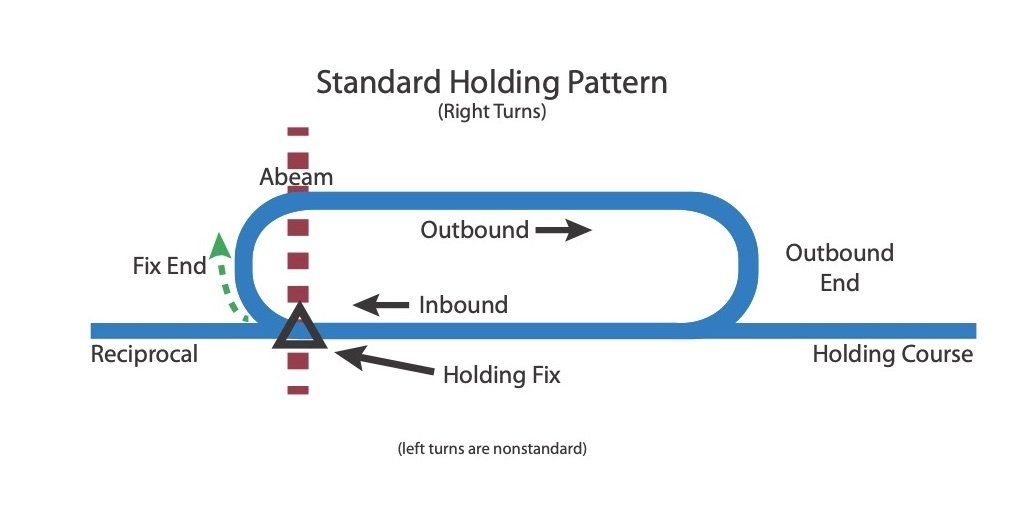
Holding Pattern Details You May Have Forgotten
As simple as a holding pattern may seem at first glance, they can get complicated. Variations on the basic theme of flying in circles can include speed limits, published altitudes or airspeeds, leg lengths measured in distance instead of time and the three recommended entry procedures, plus the holding pattern’s principal purpose.
Charting
At right, this FAA Aeronautical Chart User’s Guide (CUG) excerpt depicts four holding pattern charting styles, determined by their principal purpose. If a hold has a non-standard speed restriction, it will be depicted by an icon with the maximum airspeed shown inside the holding pattern symbol (lower right). Timing or distance limits will be shown.
Speed Limits
Most of us don’t fly airplanes fast enough to worry about speed limits while holding, except maybe in a descent. But trivia like this on a checkride—or an online quiz—can trip up anyone. In the real world, we’ll hold at the most-efficient power setting and accept whatever airspeed we get.
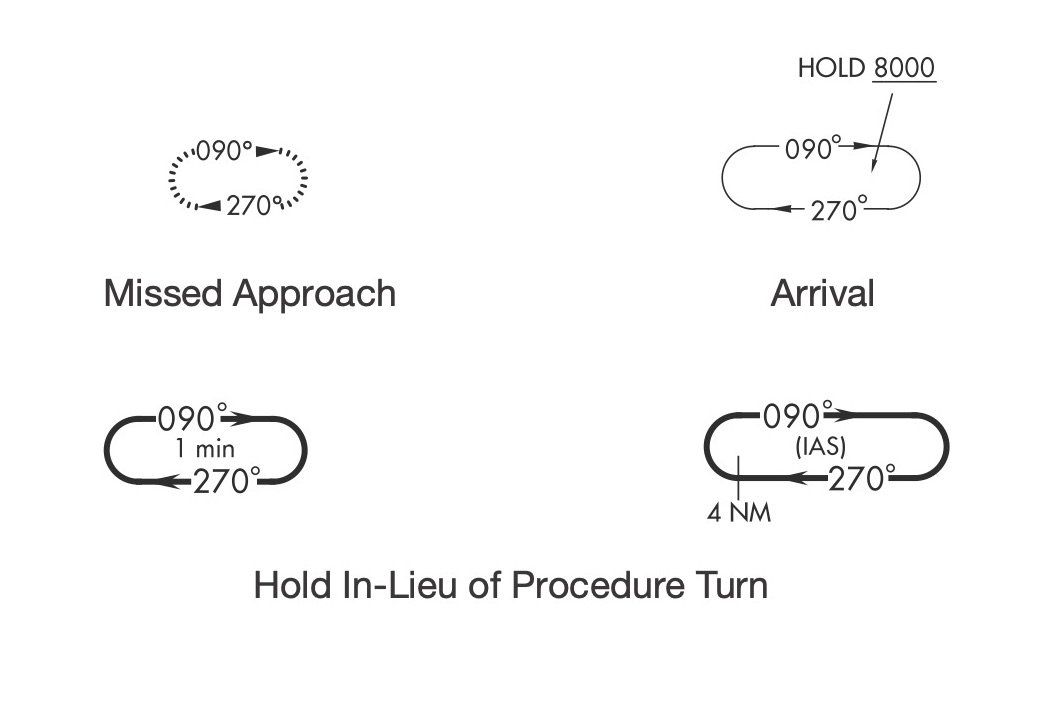
| Holding Speed Limits | |
| Altitude (MSL) | Maximum KIAS |
| < 6000 | 200 |
| 6001 – 14,000 | 230 |
| 14,001 and higher | 265 |
Recommended Entries
No discussion of holding patterns can omit entry procedures, and you’ve probably seen a diagram similar to the one at right used to distinguish between the three recommended entries, direct, parallel and teardrop. The quick and dirty way to determine which entry to use is to bisect the inbound course at a 70-degree angle, as the dashed red line does here. For any arrival at the fix from the holding side of the dashed line, a direct entry is appropriate. Choose a parallel entry in situations when crossing the holding fix puts you outside the pattern itself. Turn to parallel it, then make a left turn of at least 210 degrees to reverse course and take you back to the fix. By elimination, all other situations—i.e., crossing the fix and remaining within the pattern—is a teardrop entry. These entries are recommended; there’s no regulatory requirement to use them as long as the flight remains within protected airspace, which will be slightly larger than the holding pattern itself.
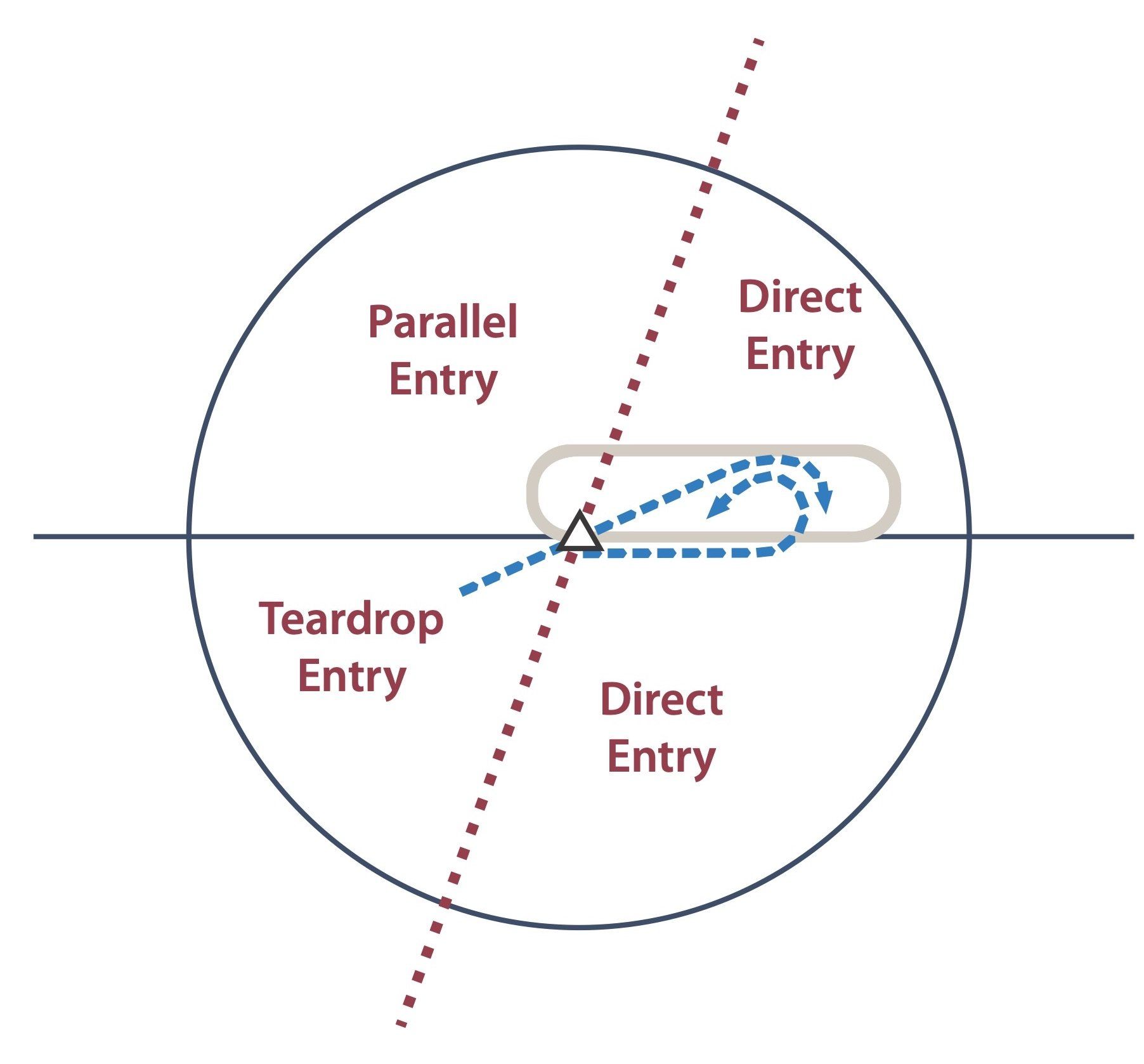
The Five Ts
Each time we enter a hold, we have a few tasks to perform. Known as the “Five Ts,” the tasks can be broken down as follows:
TIME
Note the time when crossing the holding fix and entering the first turn, then start timing the outbound leg when wings are leveled or the plane is abeam the fix as depicted on your moving map.
TURN
Turn with the least bank angle of either 1) a standard-rate turn (three degrees per second), 2) a 30-degree bank or 3) a 25-degree bank when a flight director is used.
TWIST
If using a VOR to define the fix, verify the OBS is set to the inbound course. With a glass panel or a high-end GPS navigator, ensure the holding course is properly entered as may be required and that the autopilot/flight director knows what to do.
THROTTLE
Set power for holding and manage engine controls, like the mixture and cowl flaps. Trim and maintain desired holding speed.
TALK
Tell ATC you’ve entered the hold.
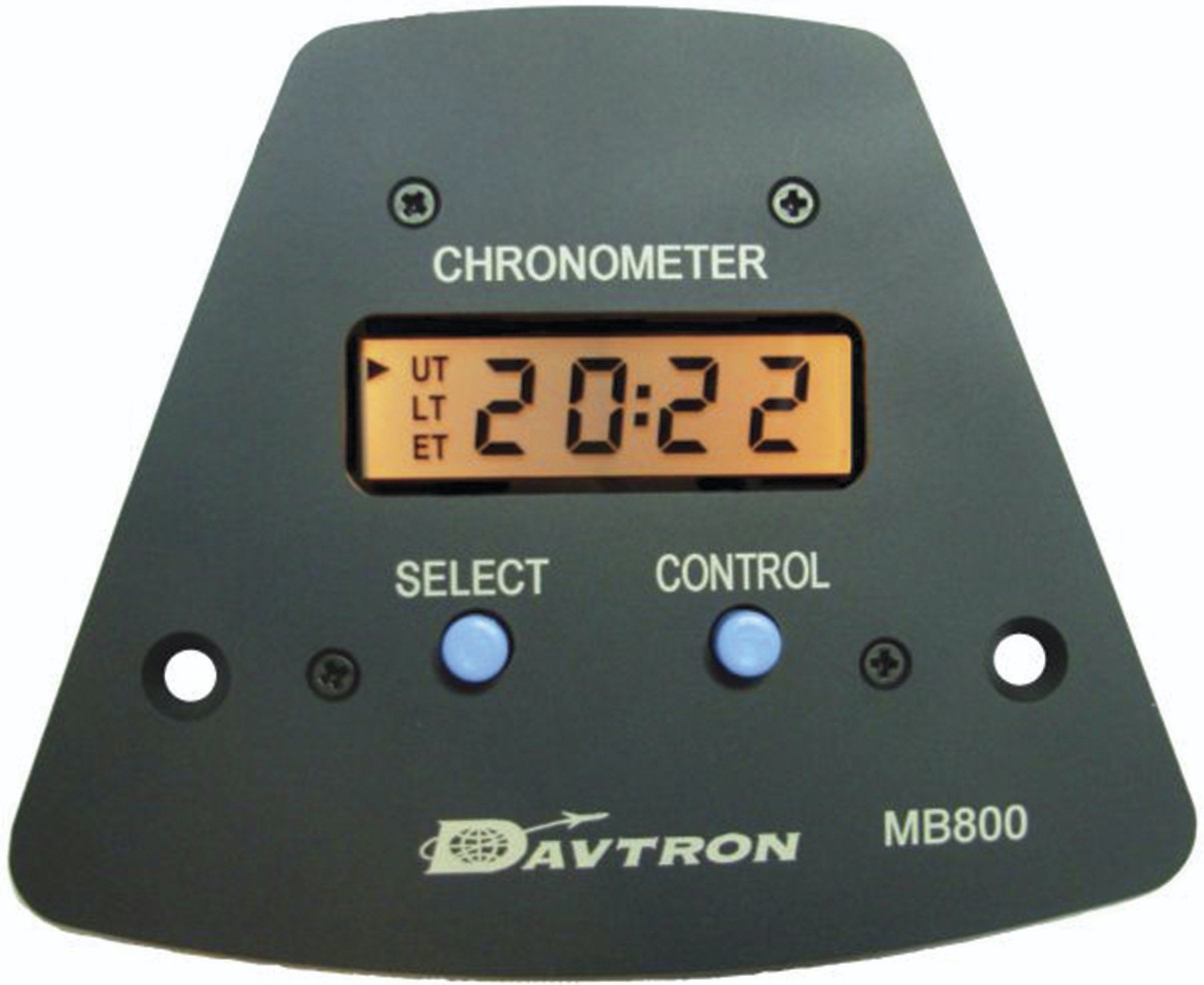
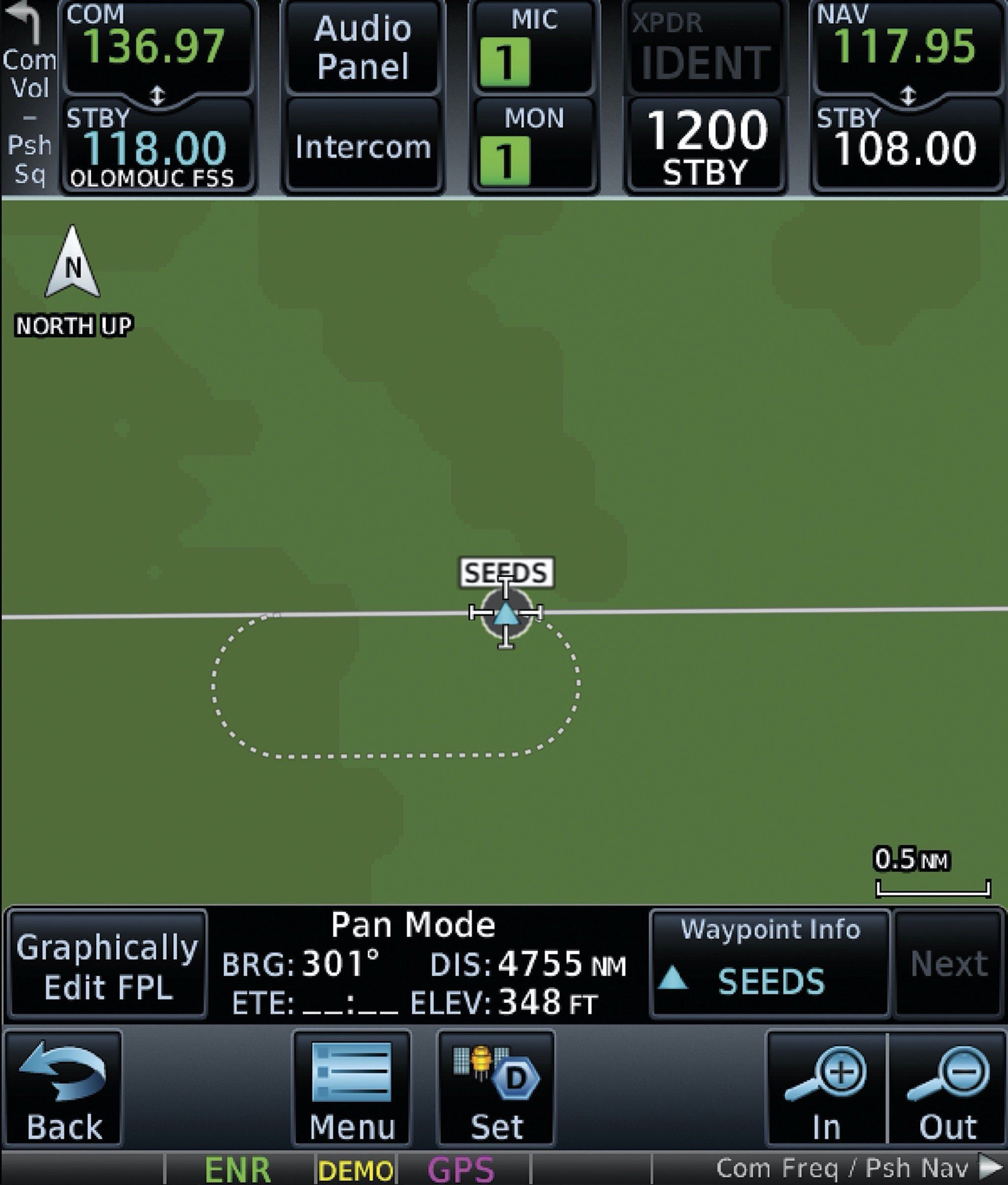
Jeb Burnside is this magazine’s editor-in-chief. He’s an airline transport pilot who owns a Beechcraft Debonair, which ATC has put in a hold a few times.

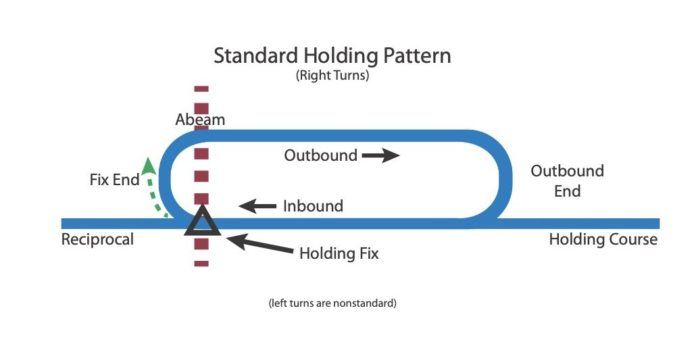



Thanks for the great review. Two added items may prove helpful. The first is regarding leaving holding – just as we must communicate with ATC that we have entered holding (time and altitude), it is mandatory to communicate leaving. Second, a lot of folks now use GPS to hold. If so, it will probably work out better when we suspend auto sequencing or waypoints on your GPS. If we don’t, and the hold isn’t part of our flight plan, the holding fix is likely to disappear as we cross it. It’s fixable, but why not avoid it. Once you’ve suspended auto sequencing, after crossing the fix as you enter holding you can enter the inbound course, just as you would on a VOR. As we prepare to leave holding we re-activate auto sequencing and resume our flight plan route.
Hold entries: if you’re not set up for a direct entry, turn the shortest way outbound for a parallel entry…
thanks for the great review.
As I recall, the AIM calls for announcing the name of the fix, the Z time, and the altitude as one enters the hold. You mention the EFC largely as a time management subject. At least as important is receiving that EFC as a lost comm butt-covering subject. I see more than a few hold clearances from ATC where they forget to include the EFC time. I make a point on my read back of the hold clearance of not releasing the mic button without also requesting the EFC time just to protect against that eventuality. Also I did not see mention of altitude change rates, which are particularly important when in a holding stack—as rapidly as practicable until the last 1000 feet, then at 500 FPM, all of this usually in a descending hold. And then, report exiting the holding fix, and this is just as important for the other aircraft in any holding stack as it is for ATC. We all need to know where we are relative to one another.
Thanks for a great review of holding. I always teach my students the 7 T’s. I use your five and add track and think.
I want them to know what course they are tracking (especially if there is a crosswind) and I want them to be thinking about what comes next to stay “one step ahead of the plane”.
As a former simulator instructor, l issued holding instructions as part of our normal courses. When giving off airway holding, most pilots struggled with setting up the GPS hold using the hold feature. Few had even read that section of the handbook. So l would teach them how to set up the pattern. I found similar difficulties when the aircraft had a FMS. Its not something that happens often, however, pilots should be able to know how to use those functions.
Another area pilots had difficulty with, was NDB holding. Pilots in Alaska and Canada and other parts of the world are very good at NDB holding. We don’t get much NDB holding in the lower 48. However, when training pilots from places where NDB airways are more common and hence NDB holding, its good to be familiar with this type of navigation.
I worked with several former ATC controllers at our center and learned how to give proper holding instructions as a result. One former controller told the story of working DFW Low Sector during a storm. A pilot flying a Piper Warrior on a IFR flight plan was told to hold at Ardmor VOR (in Oklahoma N of OKC) and expect to hold at least 45 min due to traffic delays from the storm. The former controller said he watched the plane enter holding at Ardmore acknowledged the radio call from the pilot, then started working other flights into DFW. He said after 20 minutes the holding target diappeared. He started radio calls, but no answer. ATC notified the local police that a plane may have crashed near the VOR. After 25 min the planes transponder code showed up not far from Ardmore. Again the target entered the hold at the VOR at the assigned altitude. Curious, my friend said he called the flight.
“Piper —–we lost you on radar there for twenty-five minutes, what happened?”
“Well sir, we didn’t have enough fuel to hold for that long. So we landed at got some fuel. We have enough now.”
“Roger”
My friend said he was laughing so hard he could barely work the other flights.
I have a question regarding holds in lieu of procedure turns. Do the rules about announcing to
ATC the entry and departure from holding apply to this particular type of holding pattern? I’ve had multiple examiners and instructors give completely different answers. I don’t see anywhere in the regs that says these requirements don’t apply to this type of holding pattern, but I never hear the entry and departure calls being made for holds in lieu of procedure turns.